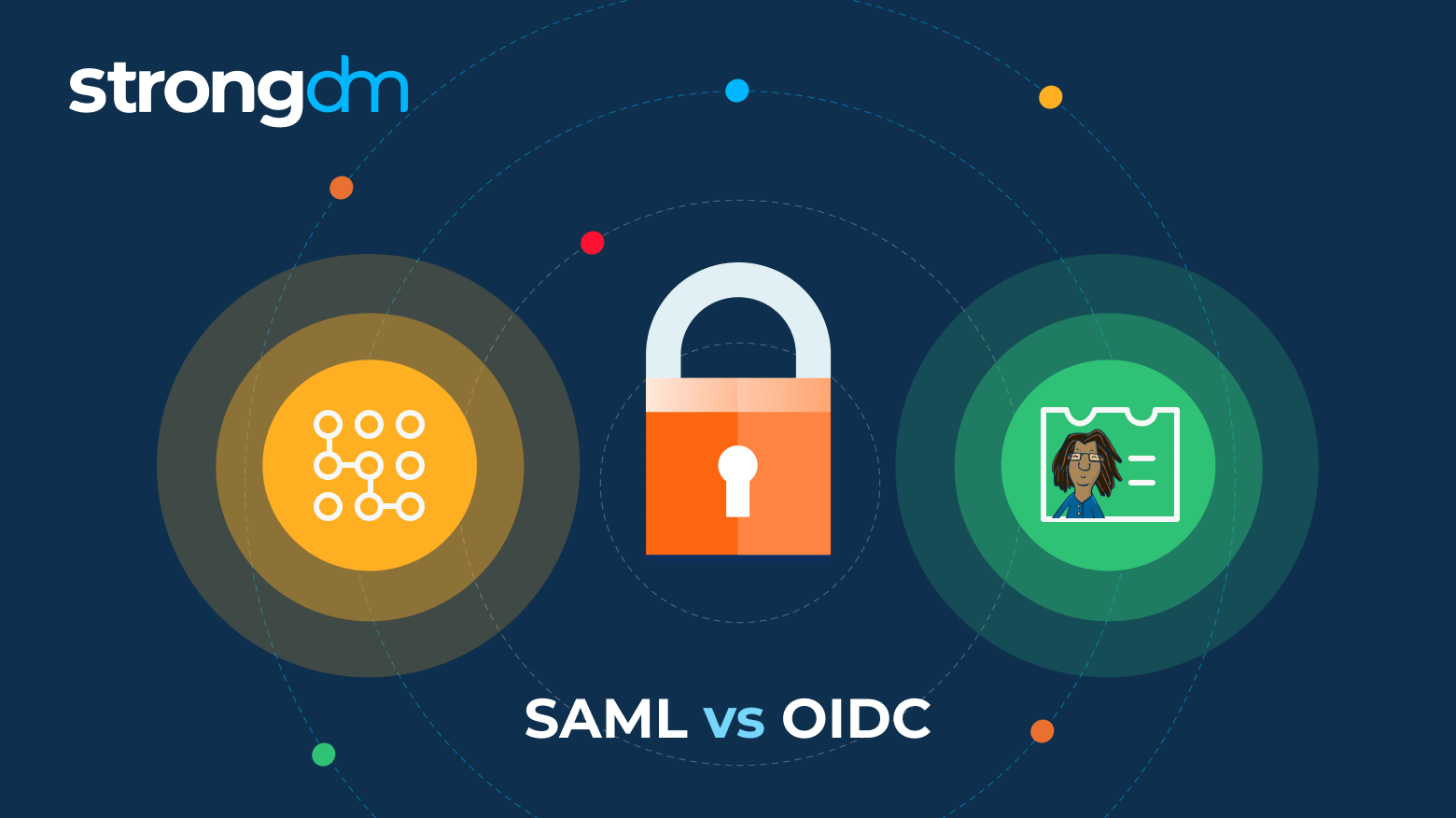
Latest blog posts from Schuyler

The main difference between SAML and OIDC is that SAML builds the trust relationship between the service provider (SP) and the IdP, whereas OIDC trusts the channel (HTTPS) that is used to obtain the security token.
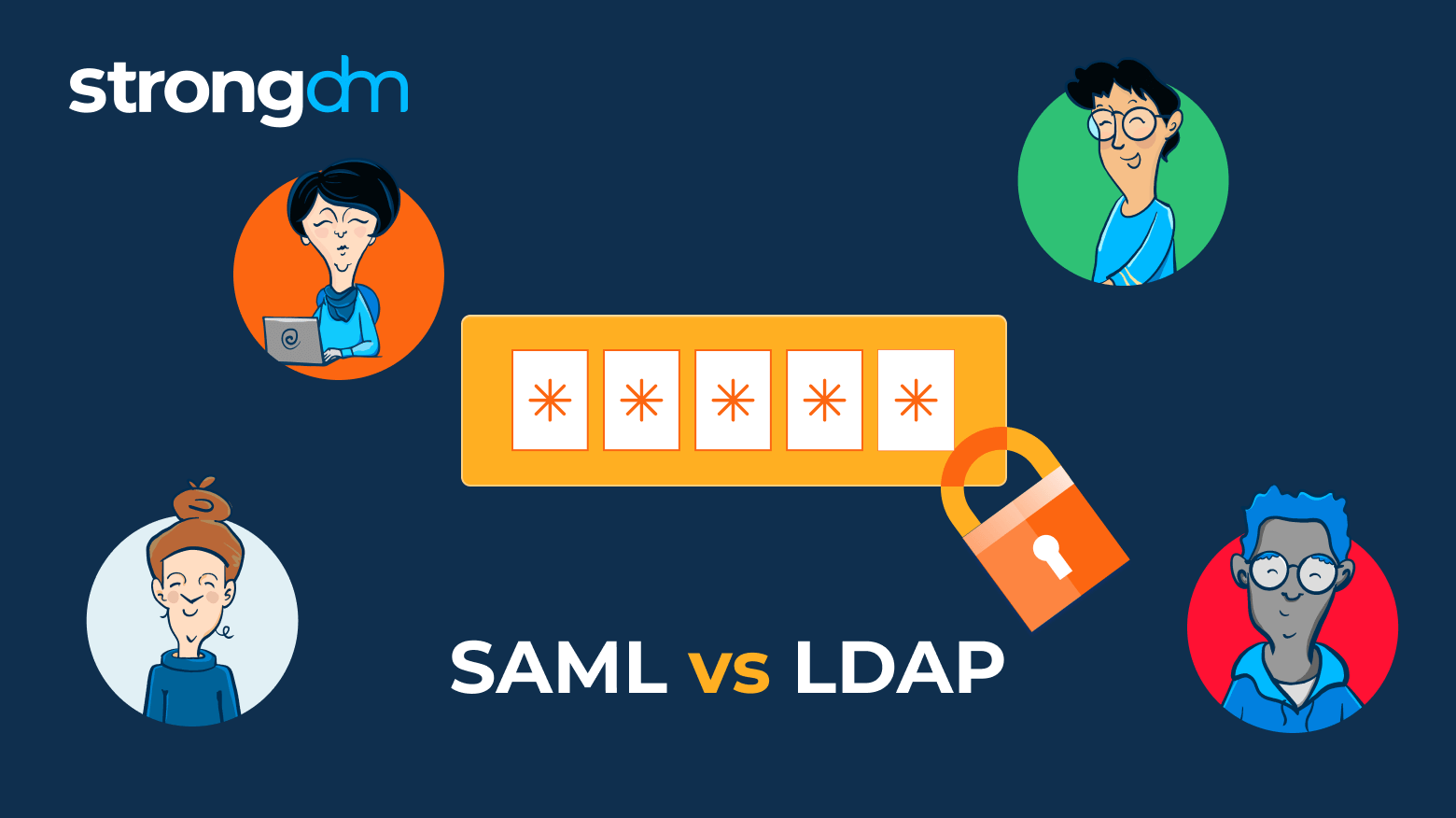
The difference between SAML and LDAP is that SAML is designed for cloud-based connections using only an IdP and SP to communicate user data. LDAP, however, is typically used for accessing on-premises resources by installing a client on the user's device to connect with a directory service.
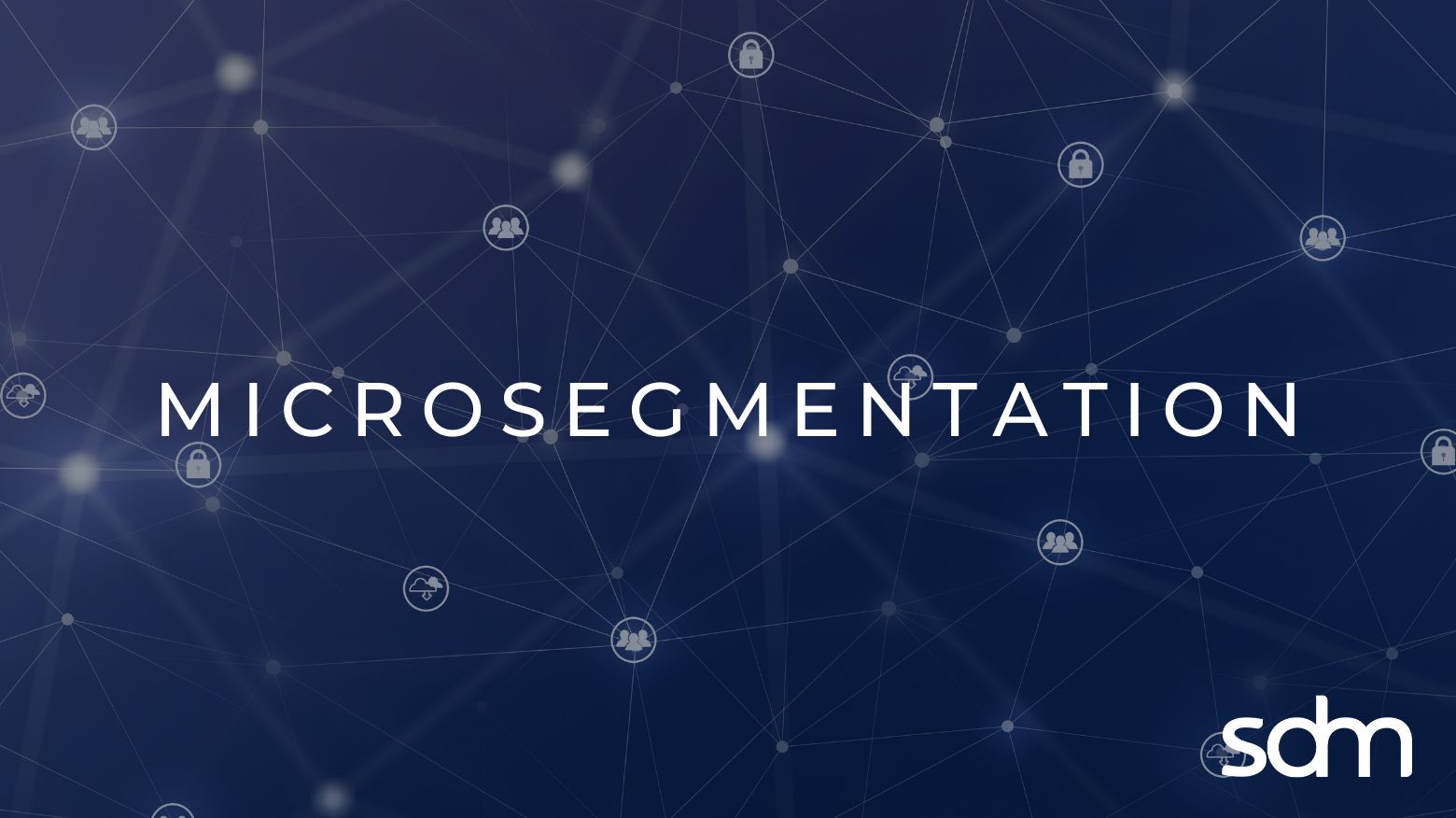
In this article, we’ll review the basics of microsegmentation and discuss it in context with other network security models and practices, including Zero Trust, software-defined networking, and network segmentation. You’ll learn about the benefits of microsegmentation, how it works, challenges for implementation, and best practices.
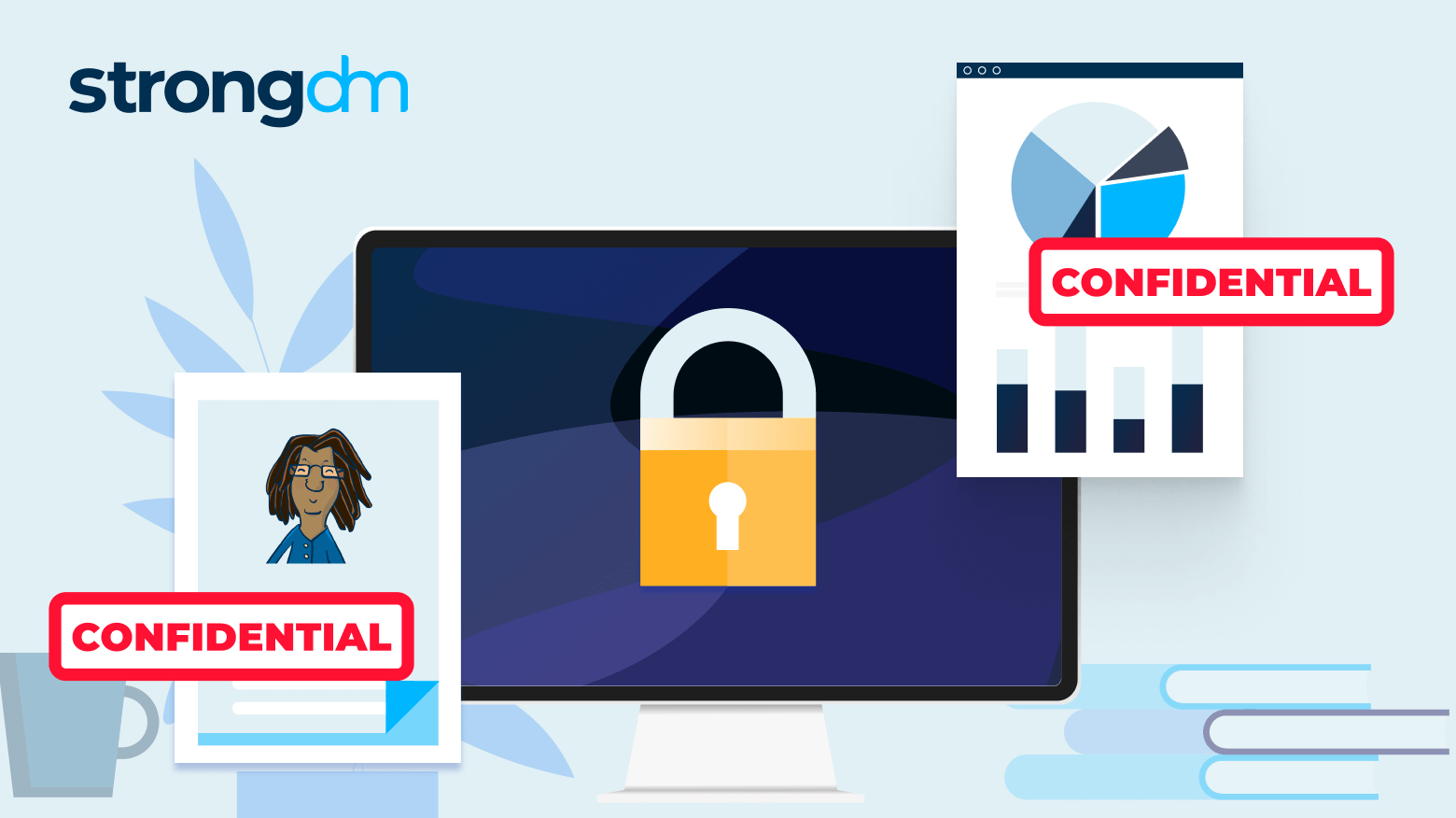
Data loss prevention (DLP) can save organizations millions of dollars on data breaches every year. In this article, we will take a big-picture look at data loss prevention and discover how DLP tools and processes strengthen an enterprise’s security posture.
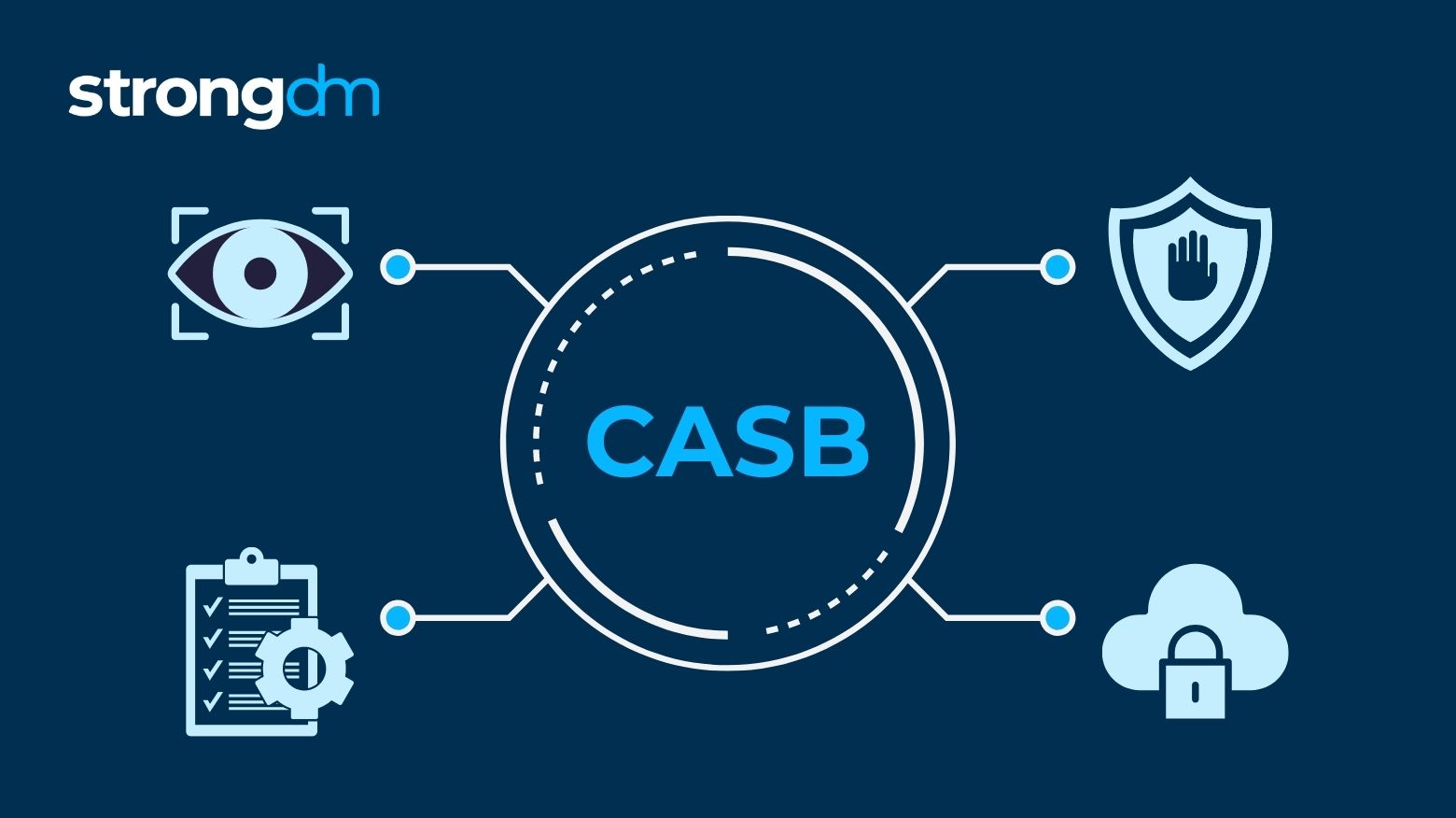
In this article, we’ll take a high-level look at what a CASB is, what it does, and how it works. You’ll learn the key pillars of CASBs and how they address the growing threat of Shadow IT in cloud-based organizations. By the end of this article, you’ll understand the differences between CASB, SASE, and IAM, as well as the main challenges to implementing a CASB solution.
BeyondTrust FKA Bomgar is an access management and endpoint security solution which provides end user access and monitoring for a variety of platforms and devices including: Linux, Windows, Mac, Unix, and other mobile and cloud platforms. BeyondTrust has a host of solutions in privileged identity & access management, privileged remote access and vulnerability management. However, if you're looking for a simple and secure way to manage access to databases, Kubernetes clusters, or other internal
Twingate started in 2019 in response to the growing challenges of managing access for a remote workforce. The product offers a zero-trust, cloud-based solution that aims to replace Virtual Private Networks (VPNs) by providing a secure, quick-to-implement solution for IT admins and everyday users. However, if you have a distributed workforce in need of access to databases, Kubernetes clusters, cloud CLIs, switches, routers, or internal web applications, there are other tools to consider. In this

strongDM’s CTO and co-founder, Justin McCarthy, sat down with Drew Blas, Director of Internal Engineering at Betterment, to discuss sources of friction in infrastructure access and how automating access and auditing has helped enable Betterment expand its teams, move to Kubernetes, and explore multi-cloud environments.
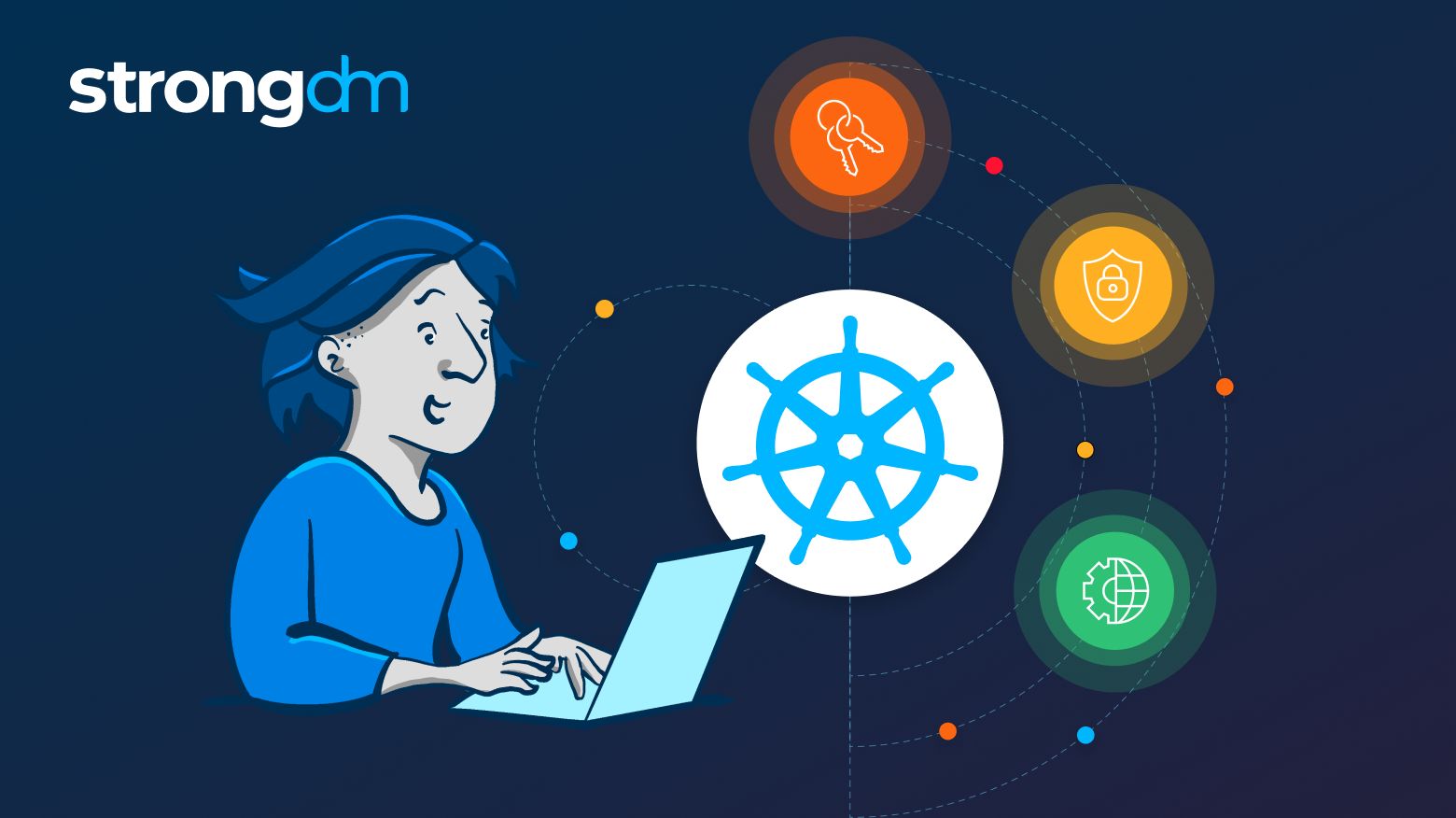
Kubernetes authentication presents a unique challenge. While Kubernetes defines the concepts of both user accounts and service accounts natively, it doesn’t provide us with a single, built-in method for authenticating those accounts. Instead, we must choose from a variety of techniques involving third-party tools or resources to perform Kubernetes cluster authentication.
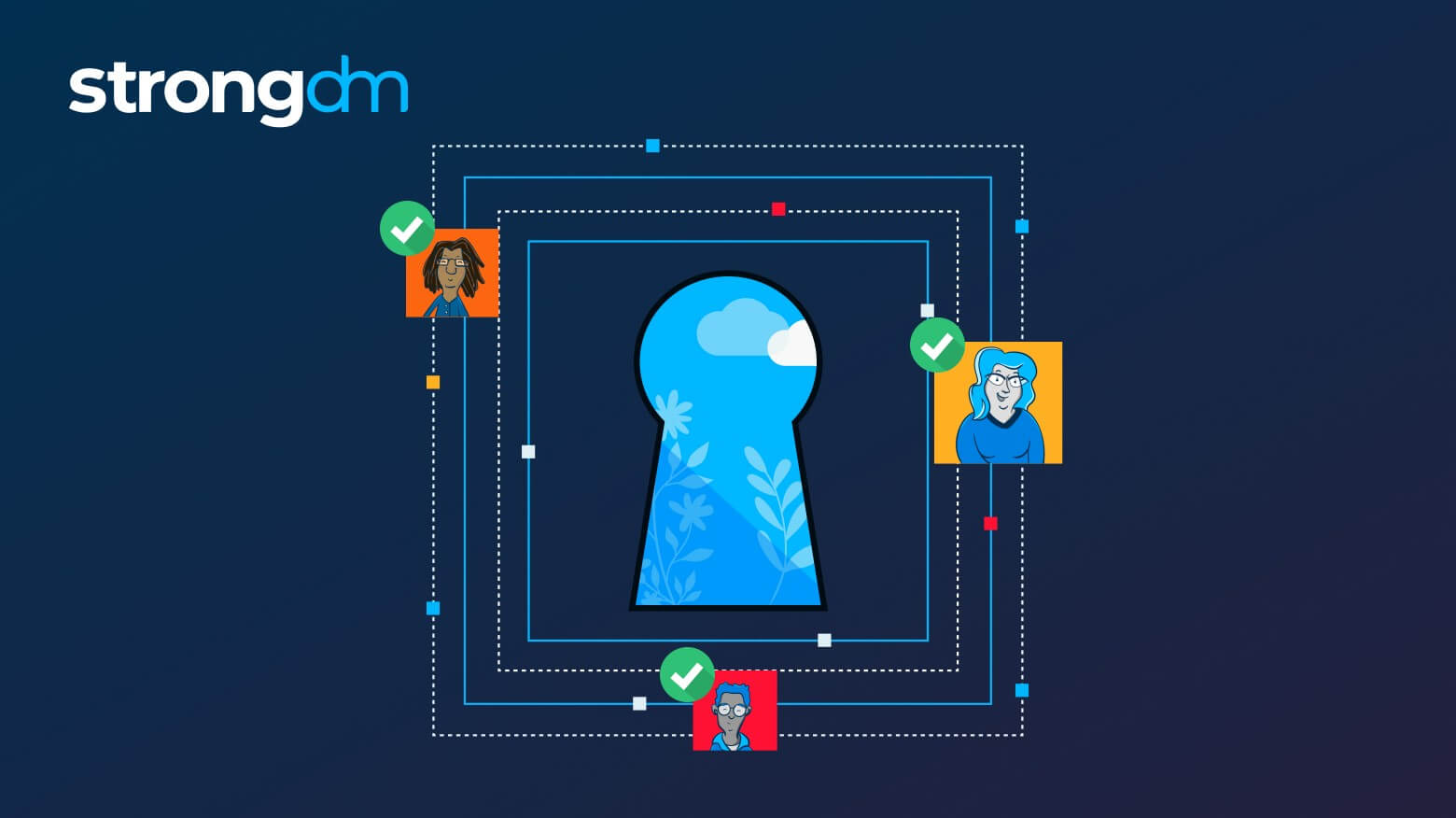
Find an easier way to manage access privileges and user credentials in MySQL databases. Reduce manual, repetitive efforts for provisioning and managing MySQL access and security with strongDM.
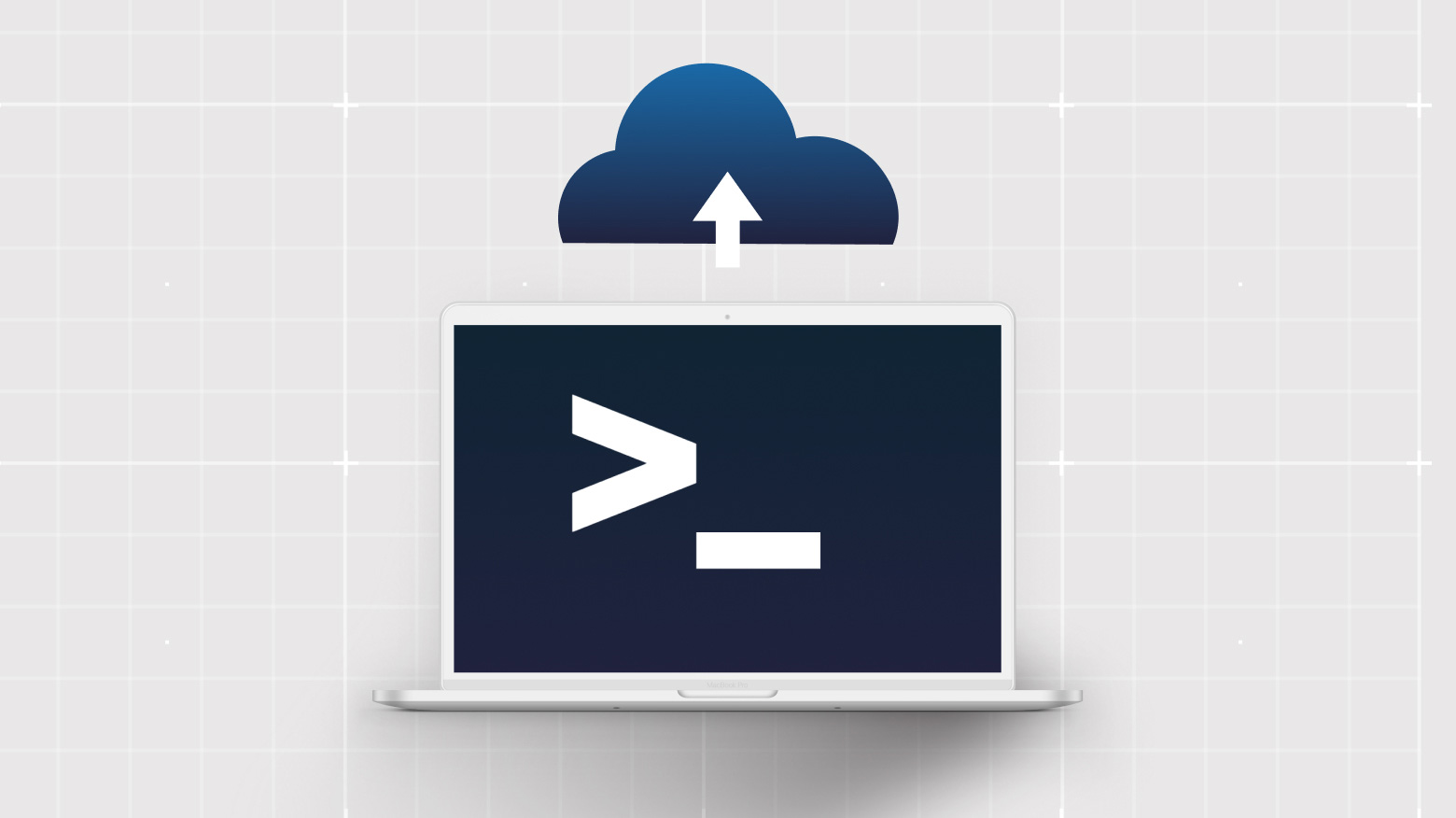
Configure the hosts for logging verbose data, and then send the logs to a cloud provider for long-term storage and access.
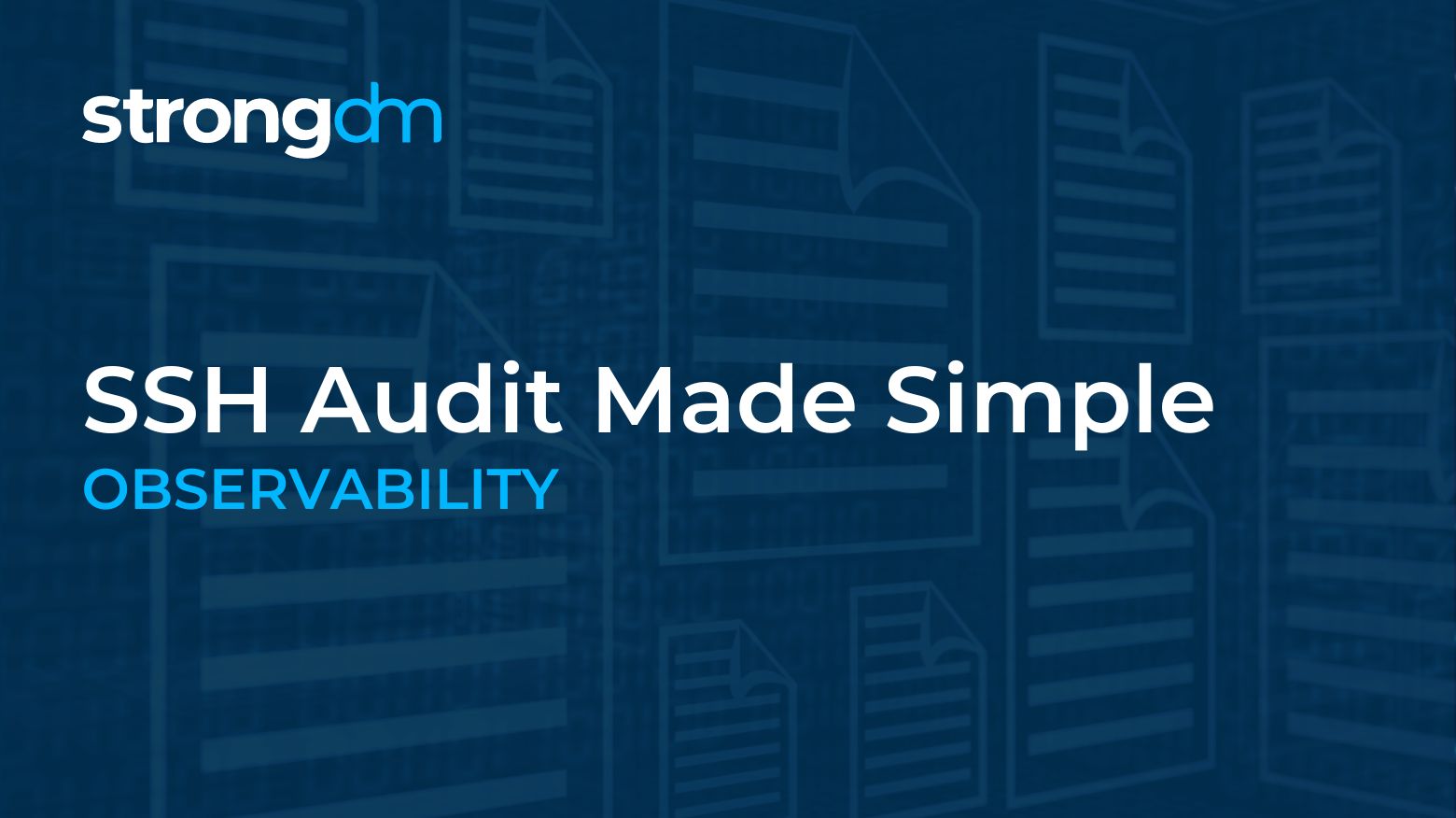
SSH audit logs allow you to determine, either retroactively or in real-time, when an unauthorized or destructive action was taken, and by whom.
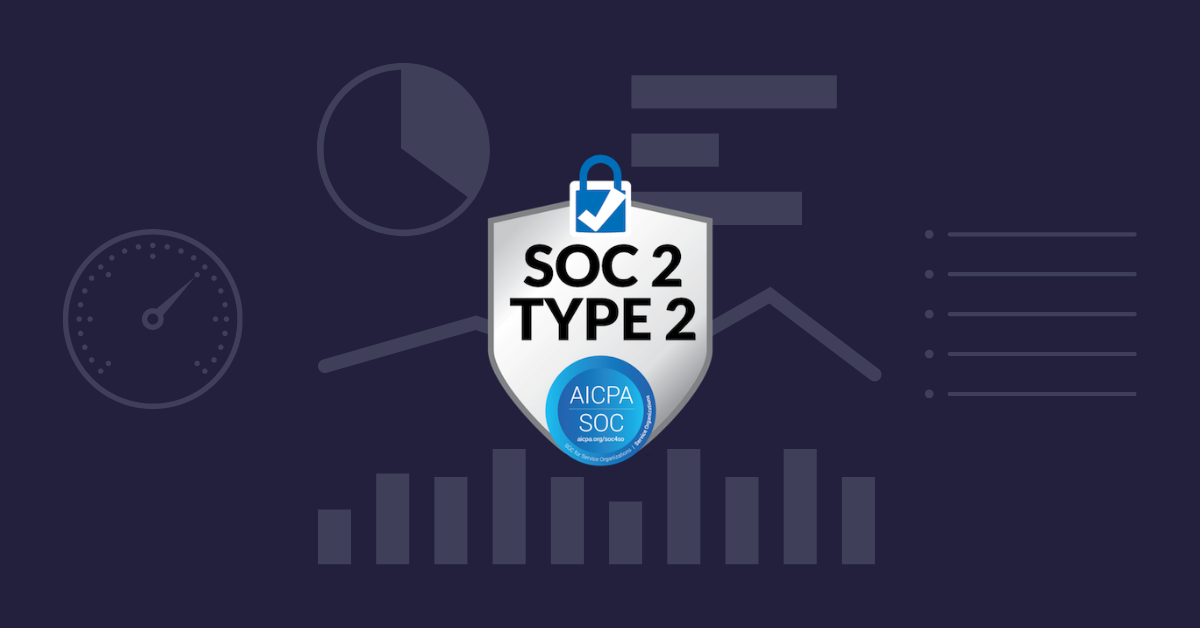
As your organization pursues your SOC 2 certification, organization is critical. You will be busy actively managing dozens of ongoing daily tasks, which can bury you in minutiae. But at the same time, you need to keep your high-level compliance goals in focus in order to successfully move your certification over the finish line.


